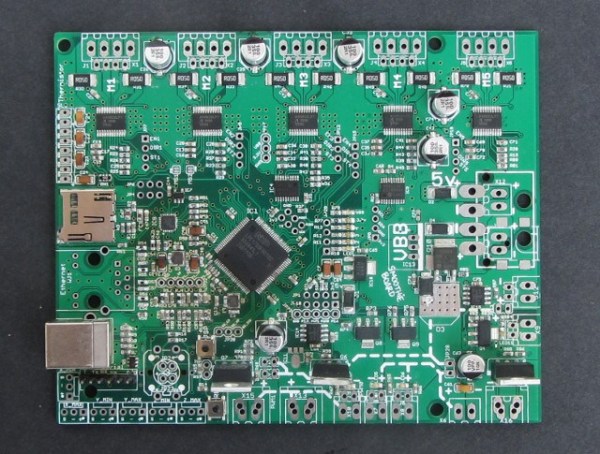This little ring packs the guts of an NFC keyfob, allowing [Joe] to unlock his phone with a touch of his finger.
The NFC Ring was inspired by a Kickstarter project for a similar device. [Joe] backed that project, but then decided to build his own version. He took apart an NFC keyfob and desoldered the coil used for communication and power. Next, he wrapped a new coil around a tube that was matched to his ring size. With this assembly completed, epoxy was used to cast the ring shape.
After cutting the ring to size, and quite a bit of polishing, [Joe] ended up with a geeky piece of jewelry that’s actually functional. To take care of NFC unlocking, he installed NFC LockScreenOff. It uses Xposed, so a rooted Android device is required.
We’ll have to wait to see how [Joe]’s homemade solution compares to his Kickstarter ring. Until then, you can watch a quick video of unlocking a phone with the ring after the break.


















